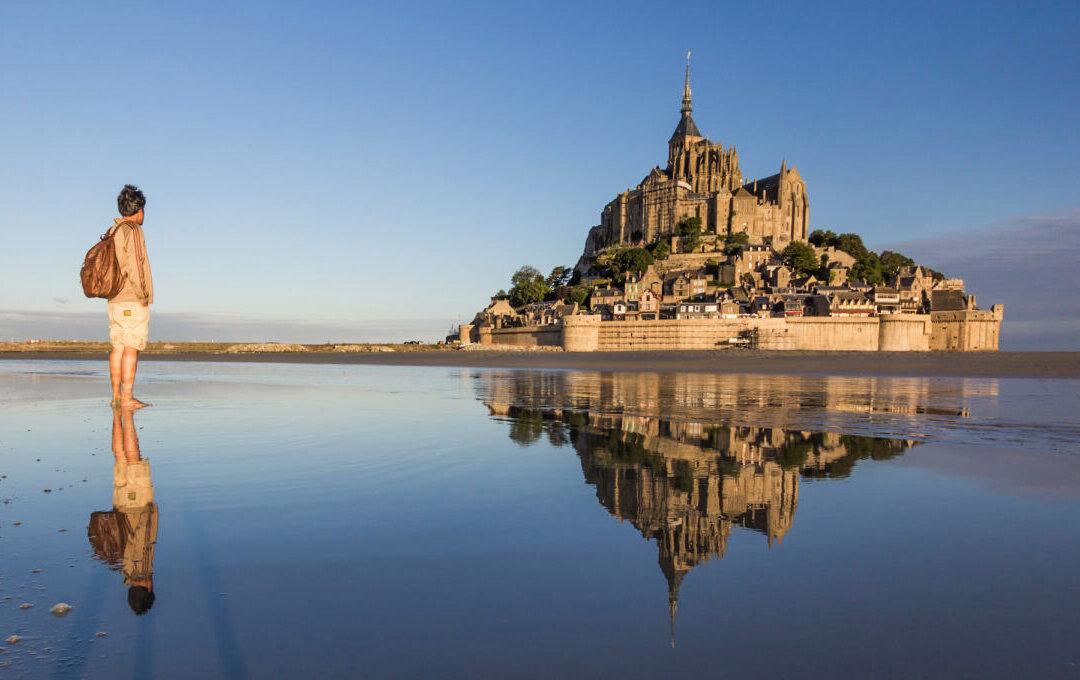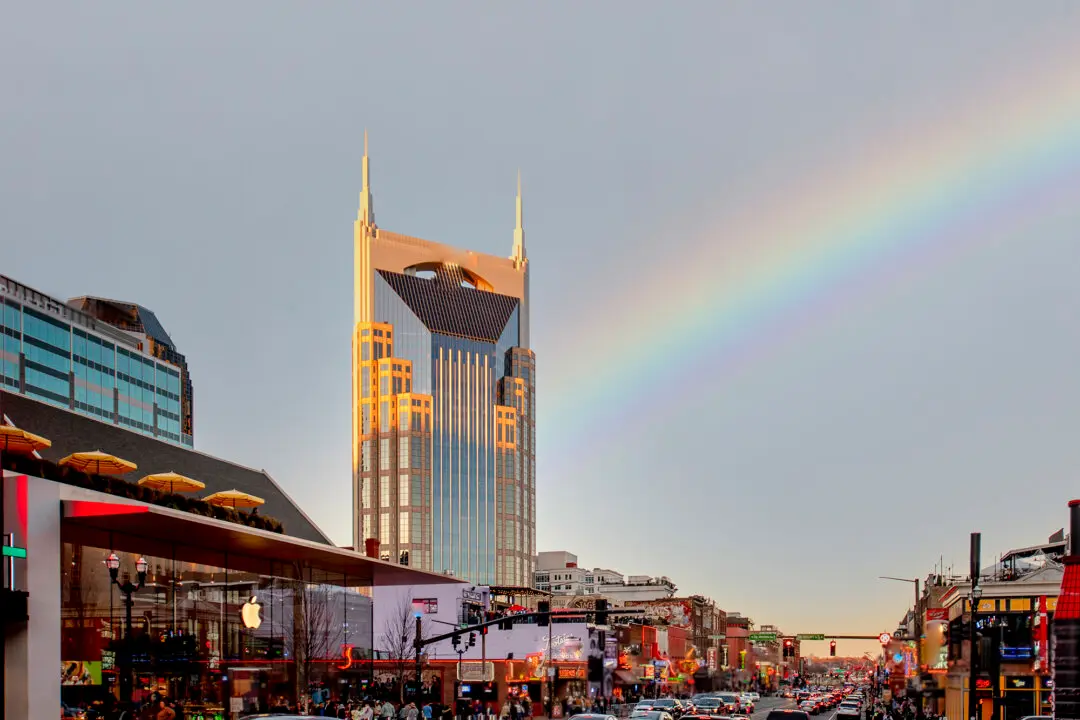Rising from the sea like something from a fairy tale, Mont-Saint-Michel challenges your sense of reality. An island that’s sometimes not an island. A geological wonder that’s also a geographic oddity. A fortress and an abbey and a UNESCO World Heritage Site. At high tide, the whole place seems to hover over the water, and when it’s out, the seemingly impregnable surroundings become a sandy stretch explored by the curious and the brave. But one thing is certain: When you arrive and see it for the first time—ramparts, stonework, and buildings that seem to grow right out of the granite, all crowned by a soaring steeple capped by an angel—you won’t quite believe your eyes.
Situated in the English Channel just off France’s Normandy coast, a visit here will take you back some 1,300 years. It’s currently home to fewer than 50 people, mostly monks and nuns who reside in the abbey. Once you arrive, go wander (and maybe get lost). Enter through the King’s Gate and make your way through the shops and cafes along the Grande Rue. Sit and soak up the haunting sound of a hymn in the abbey. Be still, and watch the transformation created by the tides.





